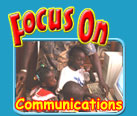|
|

|
|
|
|
| |
|
|
|
|
| |
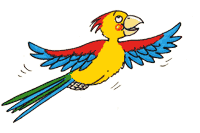 |
Today, electronic equipment lets us
send and receive messages and information
over amazingly long distances. This
technology is called, "telecommunications"
from the Greek word, 'tele' that means
far away. |
|
|
|
|
|
|
|
|
|
|
|
| |
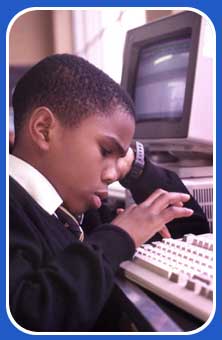 ©Guy
Mansfield/Panos Pictures
©Guy
Mansfield/Panos Pictures |
|
|
|
|
|
|
|
|
|
|
| |
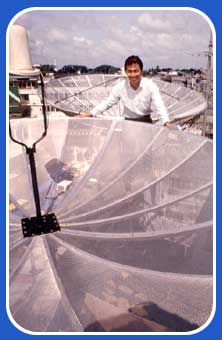 ©Chris
Stowers/Panos Pictures
©Chris
Stowers/Panos Pictures |
|
|
|
|
|
|
|
|
|
|
| |
| TV,
telephone and radio signals can be sent
into space and reflected by satellites
to the other side of the earth. |
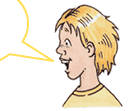 |
|
|
|
|
|
|
|
|
|
|
|
| |
 |
But
large numbers of people do not have the technology
that they need. This is a big problem for
many poorer countries. Choose the Digital
Divide page from the left-hand menu to
find out more. |
|
Written
or spoken words are the foundation of most
communication, but it depends on what languages
you speak. Choose the Languages
page from the left-hand menu to find out about
the differences in language across the world. |
|
|
|
|
|
|
|
|
|
|
|
|
|
 |
 |
|
|
